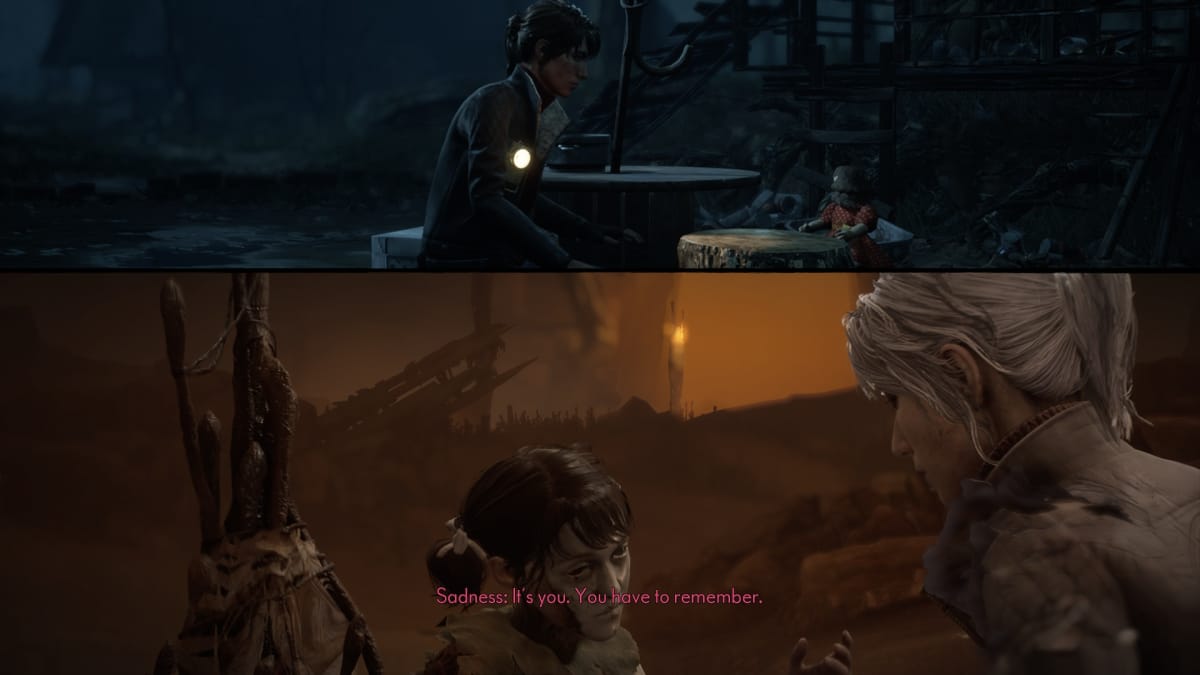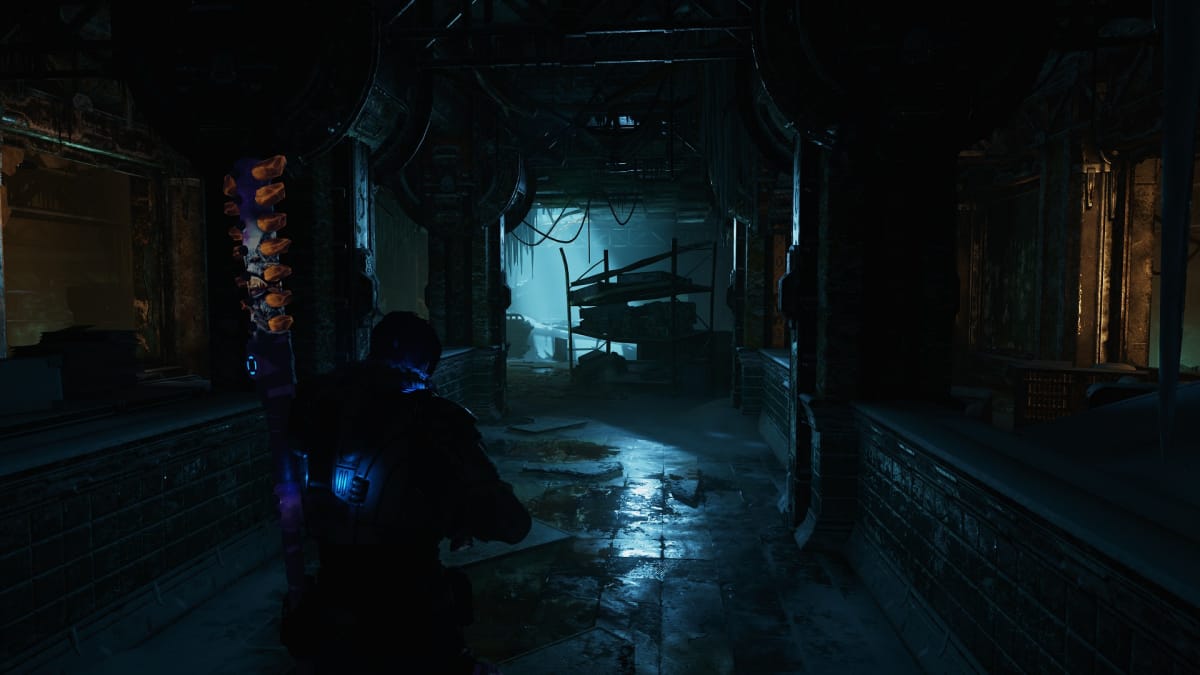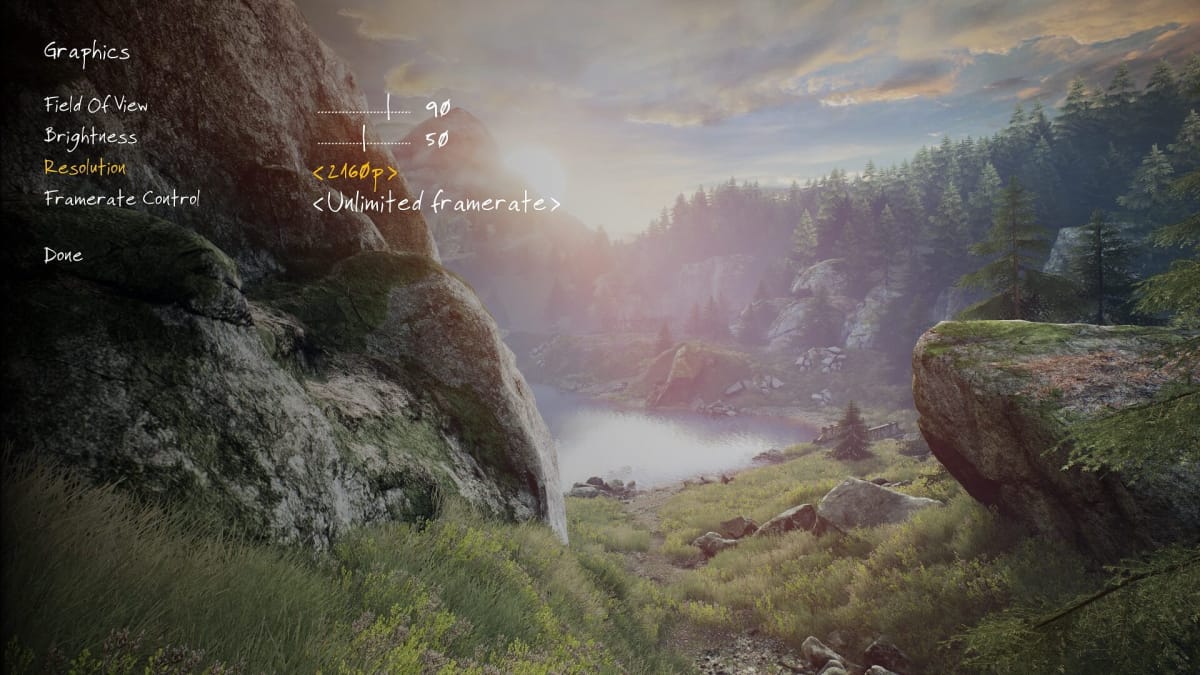While PC gaming has always given users control over their experience, allowing them to tweak settings to target their ideal compromise between visuals and performance. Console gaming hasn't seen the same luxury. The introduction of the PS4 Pro and Xbox One X brought a number of games with multiple performance profiles. While these console equivalents lack the same granularity, rarely letting players tune individual settings, this was a welcome level of flexibility after decades of console games running with one frame-rate target. The 30 fps vs 60 fps debate is in constant circulation, but the large number of PS5 and Xbox Series X games with two to four performance profiles has instigated more intense reactions. People blindly defend either side, but the discussion is more nuanced than "60 fps is always better" or "better graphics is always the way to go."
The Reason for Frame-Rate Caps
In an ideal world, gamers should be able to play at 60 frames per second with high visual fidelity and ultra-high resolutions, but it's not that simple. Every game has a performance budget that must fit within hardware constraints while hitting the render time for that frame-rate target. On the surface, a faster response time makes more sense for a video game, but that higher response comes at the expense of trade-offs.
It's perfectly valid for any user to always make the high frame rate or high fidelity trade-off in every game. This article isn't here to convince you otherwise. Rather, it's meant to illuminate the conversation. Take The Medium as an example. It's capped at 30 fps on Xbox Series X for many reasons:
- Logistics
- Targeting Multiple Hardware Platforms With Limited Budgetary and Time constraints
- Uneven GPU Loads
- Dual-Screen Viewport Sections
- Single-Screen Sections
- Ray-Traced Scenes
As evidenced by the Digital Foundry coverage, performance is extremely erratic. The RTX 2060 Super and RX 5700 running at 1080p without ray-tracing paired with the beefy Core i9 10900K ran between 120 and 18 frames per second in a matter of minutes as it transitioned from single-screen gameplay to a cinematic, followed by a dual-screen cinematic, and then finally dual-screen gameplay. This variability is why games use frame-rate caps.
Had Bloober Team targeted 60 frames per second on Xbox series consoles, the experience would suffer. It would run at a locked 60 in one scene, then suddenly drop to 30 fps with rare dips into the 20s and fluctuations in between. Every console game should employ frame-rate cap toggles to ensure future-proofing on later hardware. It's unfeasible for developers to patch every game when a new console releases. A simple frame-rate toggle would dramatically improves the experience on future systems without any developer intervention. A 30 fps cap made the most sense for consistency's sake. Considering how unremarkable the game's visuals are as is due to the simultaneous viewport's demanding nature, further reductions to save performance would have compromised The Medium's visual identity too much. It already hits a 900p low on Series X, after all. Removing the dual-screen gimmick as a performance-saving measure is also out of the question as that's a major part of The Medium's design.

The Trade-Offs
Any game with a frame-rate cap is internally capable of rendering higher than the cap to account for the headroom needed in stressful scenarios. Uncharted 4 is another 30 fps capped console game, though in this case, Naughty Dog went public about its 60 fps ambitions. In an interview after the fact, Bruce Straley tackled the difficulties of balancing framerate and game design:
Anyone that's played Uncharted 4 can attest to its technical brilliance, which exceeds its surface-level graphical fidelity. Its animation and animation blending is still among the best in the industry five years later. Furthermore, Naughty Dog honored Uncharted's bombastic history by crafting set-pieces that would have been impossible on PlayStation 3.
When gamers complain about 30 fps, they don't consider the implications. Uncharted 4 and Lost Legacy would be completely different experiences had they targeted 60 fps on PlayStation 4. With mobile-grade CPUs, those set-pieces would have to have been dialed down, eliminating their impact. Additionally, Uncharted 4 showcased an impressive level of physics interactions at the time—logs that acted as cover could split from an explosion, sandbags would deflate after being shot at, etc. These types of interactions cemented the action beyond the one-off set-pieces. Looking at the competition, Gears 5 targeted 60 fps on Xbox One X. It felt great, but it came at the expense of world interaction. Nearly everything in that game is static. Had it pushed the base Xbox One a little harder, maintaining a solid 60 on One X might have been out of reach.
These are cases of trade-offs on the developers' end—something which users have no control over, but they contextualize that frame-rate targets aren't as arbitrary as people think.

High Framerate vs Better Visuals
The Vanishing of Ethan Carter provided 1080p, 1440p, and native 4K resolution options on Xbox One X with separate toggles to cap the frame rate at 30 or uncap it. Ethan Carter is a walking simulator. There are no threats, only exploration and light puzzle solving. With this focus on examining areas for clues, Ethan Carter benefits most from running at 4K with the 30 fps cap. This allowed the art design (which used photogrammetry) to shine while also making it easier to parse peculiarities in the environment. Series X users can now run that 4K mode at 60 frames per second, but on the more limited hardware, the resolution seemed more sensible for the kind of experience The Vanishing of Ethan Carter is.
On the opposite end, Devil May Cry 5 Special Edition offers four modes on PS5 and Xbox Series X:
- Standard (Native 4K 60 fps with RT off)
- Ray-Tracing Graphics (Reconstructed 4K 30 fps with RT)
- Ray-Tracing Performance (1080p 60 fps with RT)
- High Frame-Rate Mode (120 fps target at reconstructed 4K)
- Note: High frame rate and RT modes are disabled on Legendary Dark Knight
Devil May Cry is the progenitor of character action games with Devil May Cry 5 reaching the genre's peak. With so much mechanical depth afforded by its high skill ceiling and fluid tool set, Devil May Cry 5 is not a 30-frames-per-second game. Its solid ray-tracing implementation at that reconstructed 4K can't offset that its high-level combat is always better at high frame rates. This isn't a cinematic action game. It's an uncompromised celebration of traditional game design, as evidenced by a structure funneling players from fight to fight with little else to break up the action. This laser-focused intent isn't difficult to parse, making a 30 fps option feel antithetical to its design philosophy.

The Choice isn't Black and White
It would be nice if every console game was capable of running at 60 or even 120 frames per second with stunning visuals and high resolutions, but hardware and game design doesn't work like that. Delivering uncompromised visions with these lofty expectations is too much to ask for, but it doesn't have to become a point of contempt. Yes, The Vanishing of Ethan Carter is best played on Xbox Series X (at least on consoles) at 4K 60 fps, but on its original platform target, the resolution usurped the frame rate just as the frame rate usurps visual fidelity in a mechanics-driven game like Devil May Cry 5. Furthermore, while The Medium launched to middling reception, had it targeted 60 fps, that compromised vision would have likely included removing the gimmick that made it stand out. Compromises in graphics and frame rate make sense depending on the experience because resources will always limit a game's design or visual identity, making it necessary to identify what experience fits what kind of performance profile.
Have a tip, or want to point out something we missed? Leave a Comment or e-mail us at tips@techraptor.net













